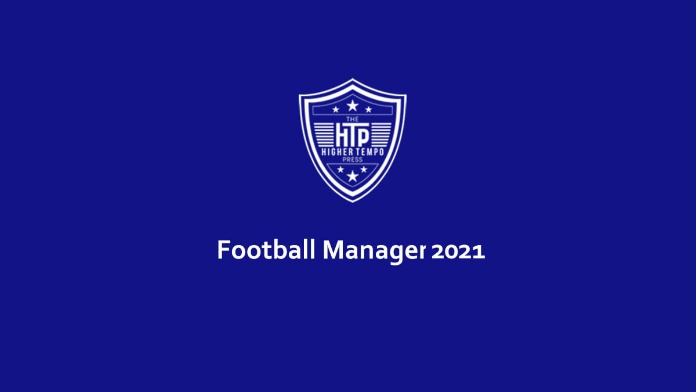Know Your Role: Ball Playing Defender
By
–
December 8, 2020
184
In the modern game, man attacking moves are deemed to start from the back – whether in a counter attacking move or simply as part of a free-flowing attack. As a result, most possession-based teams will struggle to execute such football without the use of a ball-playing defender (BPD).
This is a centre back tasked with going beyond the usual confines of forward passing – not simply laying it off to a midfielder to being the attacking move, but pushing the ball beyond them when he can, finding a winger or overlapping full back to initiate moves higher up the pitch.
The qualities of a BPD are easily identifiable: good passing and vision are vital, combined with the necessary attributes of any centre back – such as tackling, marking and heading. But how best to then deploy them on the pitch?
The Ball Playing Defender
The archetypal ball playing defender comes in the form of Gerard Pique – whilst not the first to do it and certainly not the only one playing at the top level, he has built his career around being the man to start some of Barcelona and Spain’s most spectacular passing moves.
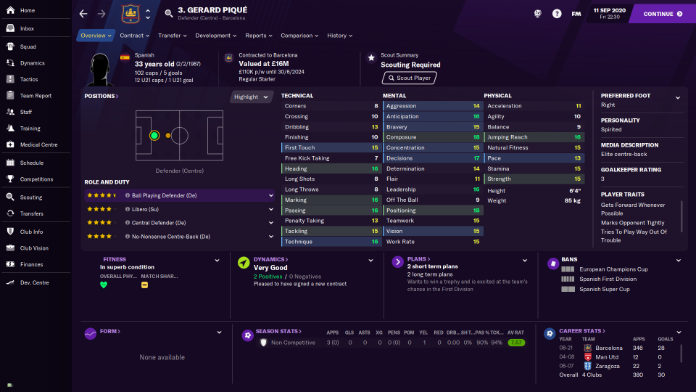
His passing and vision would match any CAM, and at 33 he still carries exceptional defensive ability – albeit lacking the physical stats required for one of the best teams in the world.
Of course Pique is one of the best defenders in recent years, so for a more achievable BPD option for a mid-level team, someone like Sergi Gomez is a more realistic option. Whilst not being quite so extraordinary, his passing and vision still stand out as exceptional qualities – perfect for a BPD.
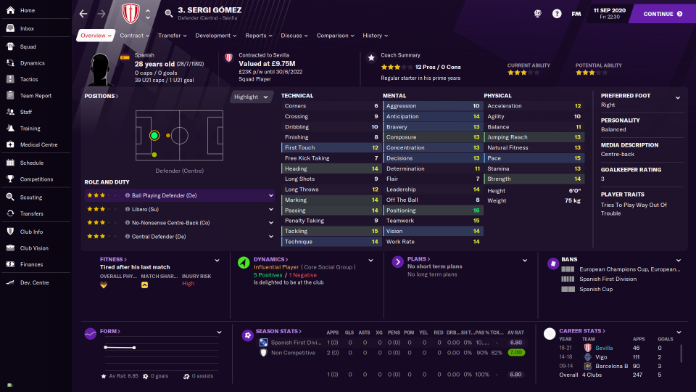
Speaking of Gomez, if we look at his passing map from a league game against Elche, we can see precisely how a good ball playing defender operates.
Dictating the Attack
As the pass map shows, Gomez played many long passes forward, from his own defensive third up to the halfway line and beyond, finding Ivan Rakitic in midfield or one of Suso or Vidal at right wing or right back, respectively.
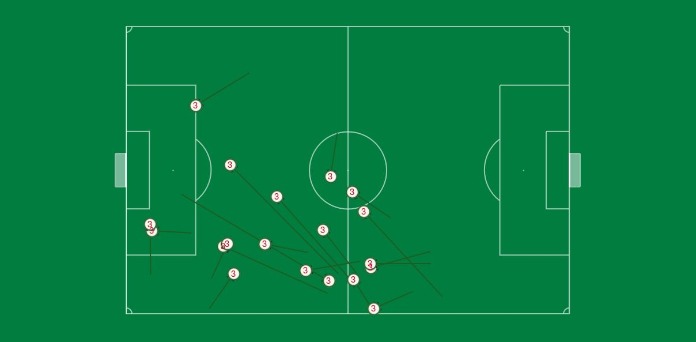
Compare that to Jules Kounde, the other centre back. Whilst both centre backs played essentially the same number of passes, Gomez offered much more directness and length, gaining more ground in less time for his team.
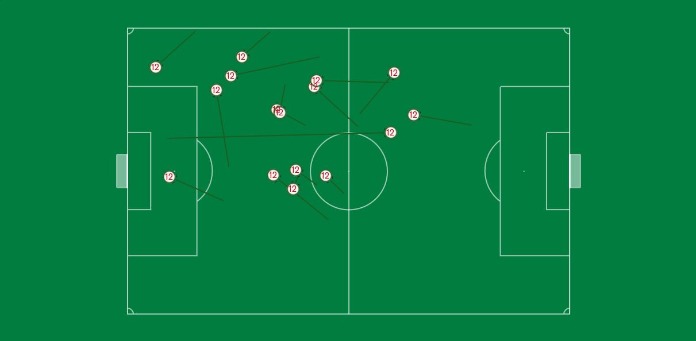
Progression up the pitch is one of the most sought-after attributes of any player on a pitch – players who can get the ball high up the field quickly and efficiently. The more players in a team that do this, the more likely that team will win each game (generally).
Having Gomez fire passes to those ahead of him helped direct the team’s attacks. As the below graphic shows, the players who have received the most passes were Vidal, Rakitic and Suso – all who played directly next to Gomez on the pitch. Having a BPD on the right hand side helped enhance his team’s efficiency on that side of the pitch.

This is what a good ball player can do from deep – influence the team and get his side higher up the pitch. A good one will improve the attacking options for his team, and can turn a strong attacking side into an unstoppable one.
SHARE
Previous articlePlay Like: 1970 Brazil
Next articlePlay Like: Del Bosque’s Spain
Budding sports writer, slight obsession with data, major obsession with Football Manager, hoping to combine them one step at a time.
